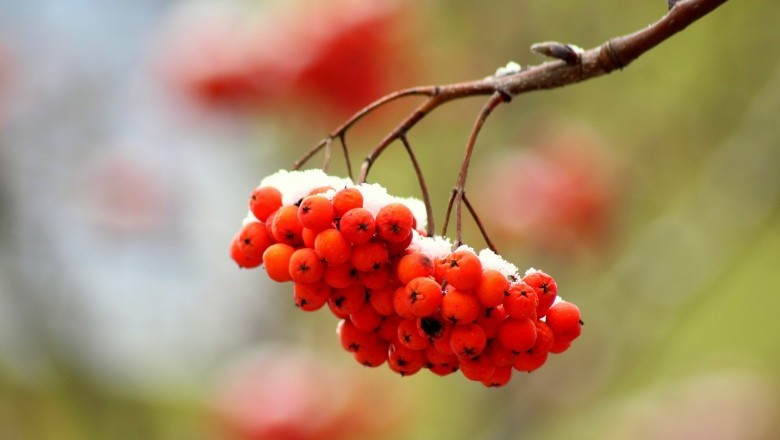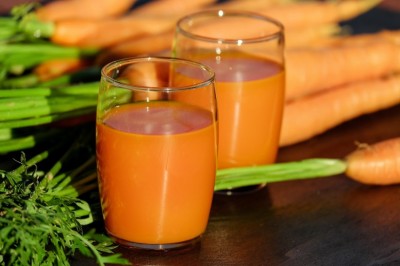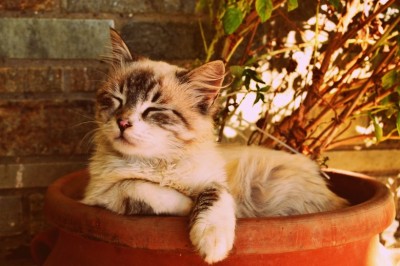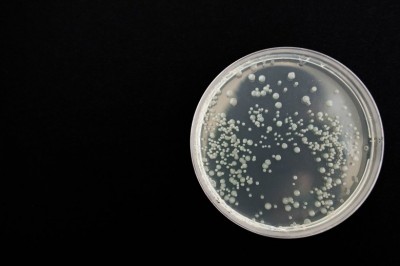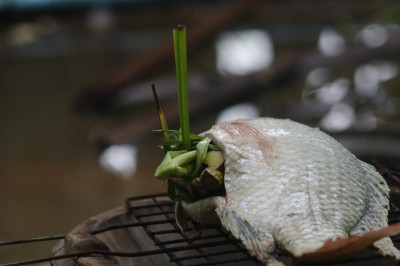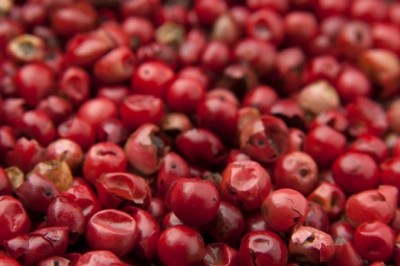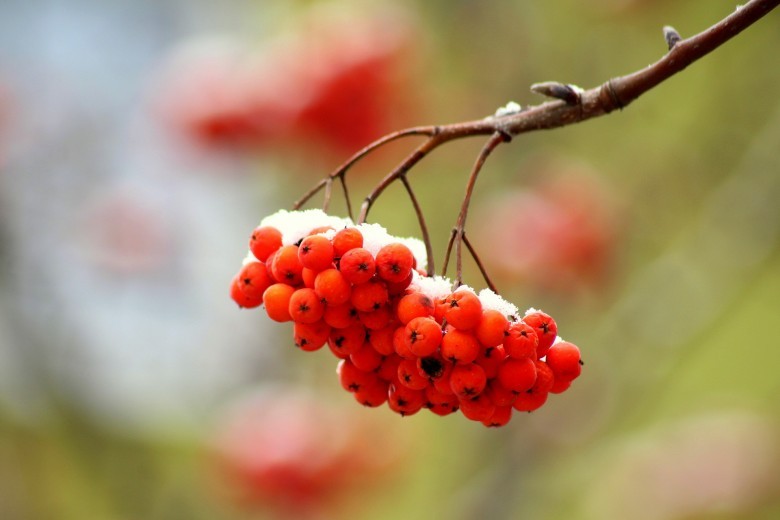
Chaste Tree Berry (Vitex agnus-castus) - Side Effects and Benefits
Botanical Name: Vitex agnus-castus
Other Common Names: Chaste Tree, Abrahams balm, Monks pepper, chaste lamb-tree, safe tree, Indian-spice, wild pepper, chasteberry, vitex, agnus-castus.
Habitat: The Chaste Tree is native to the Mediterranean region but is regularly cultivated in warm, temperate and sub-tropical climates. It prefers full sun to partial shade in well drained soil. The tree may survive in cool coastal climates but may not bear fruit due to the need for summer heat to bring the tree to fruit.
Plant Description: The chaste tree is a flowering shrub that grows to a height of 1 to 5 meters. The tree produces a spray of beautiful flowers ranging from lilac to blue and white. The flowers bloom late summer or early fall. The plant has a pleasing aromatic quality.
Plant Parts Used: The fruit/berries, leaves, tender stem parts, and leaves are all used from this plant.
Therapeutic Uses and Benefits of Chaste Tree Berry
(Vitex agnus-castus) and Claims
* Chaste tree (Vitex agnus-castus) got its name from the anaphrodisiac quality purported since its early use. Monks used to chew the berries and leaves of this tree to reduce the urges of the flesh. This use has not been scientifically proven, but it has deep roots traditionally. Syrup of the berries was even given at convents, to nuns, to reduce the chances of succumbing to sexual desires.
* The berries may also be dried and used as a spice, similar to black pepper.
* Modern uses of chaste tree berry include reduction of premenstrual syndrome (PMS) and pre-menopausal symptoms. Studies have shown a reduction in breast tenderness and pressure, headaches, bloating and fatigue in women who took the herb regularly.
* This plant has been used for menstrual difficulties for over 2500 years, with its earliest uses documented during early Roman and Greek history.
* This herb has also been used to increase stimulation of breast milk production.
* Chaste tree berries are used as a herbal treatment for infertility associated with mild corpus luteum insufficiency.
* This plant may also be beneficial in combating breast cancer.
* Chaste Tree berry has been shown to help balance the progesterone-estrogen balance. This is why it has been referred to as a "female" herb. It also has a negative effect (antiandrogenic) on male hormones. In males it reduces the sex drive and therefore is seldom used by males.
Dosage and Administration
The leaves, flowers and berries can be used in a decoction, traditional tincture, cider vinegar tincture, syrup, elixir, or just eaten right off the tree. It is also available in capsule and tablet form as well. The common dose of this supplement is 40 drops of the liquid extract daily, usually in a single dose. Whenever taking an herbal supplement it is important to heed manufacturer dosing advice.
Potential Side Effects of
Chaste Tree Berry (Vitex agnus-castus)
Although deemed safe through numerous studies, chaste tree berry use has shown some mild side effects. These include gastrointestinal discomfort, diarrhea, nausea, transitory headaches and mild skin reactions.
This plant has not been shown to interact with other herbs or medication but due to the hormonal influences of this herb it should not be taken in conjunction with other female hormonal medications without consulting a physician or herbal practitioner.
Alien writes for Medicinal herbs . He also writes for healing herbs and herbal remedies



